Media | Articles
TVR Cerbera Speed 12, the most outrageous British car, smashes sale record
It was meant to take on McLaren F1s on the track. It has a (literally) dyno-breaking V-12. The guy who created it thought it was dangerous, and this was coming from someone who thought airbags and ABS were silly.
It’s the Cerbera Speed 12, probably the most ludicrous car bolted together by folks famous for ludicrous cars—TVR. The only factory-built Cerbera Speed 12 sold for £601,500 ($749,710) this past weekend, which makes it the most expensive TVR ever sold at auction. In fact, it exceeded the next priciest by a factor of five.

While far from a household name here in the States, TVR is one of the best-known specialist carmakers to come out of Britain, which is fertile ground for that sort of thing. Initially an engineering firm created just after World War II, TVR (taken from the first name of Trevor Wilkinson, the company’s founder) started building fiberglass-skinned sports cars in the 1950s and kept on doing it for decades, always in small numbers. Sounds like a tough way to make money, and it is, so TVR went through a slowly revolving door of ownership from the early ’60s up to today.
Enter Peter Wheeler, a chemical engineer who made a fortune in the North Sea oil business, became a loyal TVR customer, wound up buying the ailing company in 1981, and ran it for 23 years. Wheeler took TVR through the era of the doorstop-shaped Tasmin series, the throwback S-series, and Rover-powered Chimaera and Griffith.
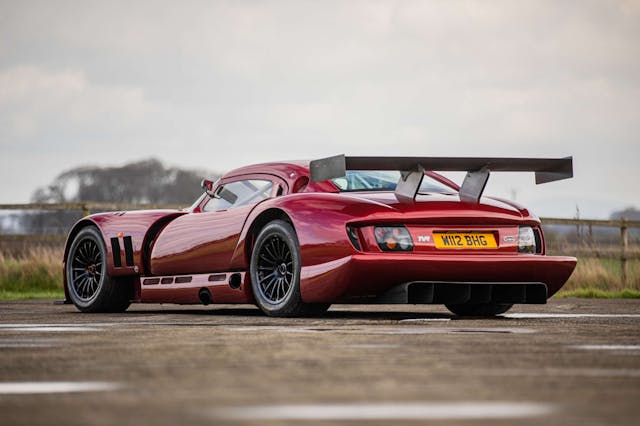
TVR really hit its stride under Wheeler’s ownership in the ’90s and early ’00s, with cars sporting iridescent paint and cockpits that would look right at home in Picard’s Enterprise. They were even powered by TVR’s own proprietary engines, not those of an outside supplier. The company had gone from an annual gross revenue of £7M in 1988 ($9.06M adjusted for historical inflation) to about £50M in 1997 $62.97M adjusted for historical inflation), and by 1998 it was Britain’s largest sports car manufacturer. Americans could only watch this from afar, however, as TVR left the States in 1987 and never looked back. The closest we could get was Gran Turismo or Top Gear.
Marketplace
Buy and sell classics with confidence
In the midst of all this, TVR of course went racing. “Project 7/12,” later renamed to simply “Speed 12” (TVR’s six- and eight-cylinder engines were called “Speed 6” and “Speed 8,” respectively), was the Blackpool firm’s choice to take on the big boys in international GT1 sports car racing. This was a time when longtail McLaren F1s, Porsche 911 GT1s, and Mercedes CLK GTRs filled the grid.

At the heart of the new GT1 racer was a monstrous 7.7-liter(!) V12, which in testing snapped the input shaft of the 1000-bhp-rated dyno. After testing each bank of cylinders separately, they came up with about 960 bhp. Which is, technically speaking, a lot.
Yet the Speed 12 remains something of an obscurity. The race cars saw mixed success and the road cars, styled to look like the contemporary Cerbera and named the “Cerbera Speed 12,” never made it to production. Legend has it that Peter Wheeler took a prototype home one night, returned to the factory the next morning convinced that the thing was too dangerous and scary to sell to the public, and shelved the whole project. This, from a guy and a company that only built dangerous and scary cars, ones that eschewed driver aids and safety tech.
If the Speed 12 was too bonkers for TVR, it was too bonkers for anybody. A big part of the problem was rubber. TVR’s PR man Ben Samuelson later remembered that “there just weren’t any road tires that were suitable. If you put it on road tires it would just light them up in any gear at any speed. And it was just too big for a road car.”
The prototypes were cut up for spares for the race cars, but one road car—this one—remained. Eventually, it sold in the early 2000s to a private buyer personally vetted by Wheeler himself. Detuned to about 840 hp, that enormous engine sits way back in the chassis under huge carbon airboxes with a neat carbon plenum snaking across the middle. The whole car weighs barely a ton, and with the rear wing off, its gearing apparently enables it to do 240 mph. If it looks familiar, you may have spun its tires with your thumbs on Gran Turismo 3.
This is the sole factory-built Cerbera Speed 12, but a handful of others have been built up from spares. One of them, done by Graham Abbott, is painted purple and has a modified 6.0-liter Aston Martin V-12. Abbott wound up buying the factory car from the original owner, and he’s the one who sold it this past weekend at Silverstone’s Super Car Fest sale. I guess you can only be wacko enough to own two of these things for so long. Abbott recently told Drivetribe that the factory car “feels a bit too special” to drive and that he’ll focus on having fun with the purple one.
At the sale, the auctioneer called it “a thing of mystery and mystique” and bidding opened at £250,000. Over the next 12 minutes, it worked its way up to a £540K winning bid, which translates to a £601,500 ($749,710) final price with added buyer’s premium or £613,800 ($757,693) if VAT is applied. That makes it not only the most expensive car of that Silverstone sale but also the most expensive TVR ever sold at auction by a longshot. The next priciest was a 1965 Griffith 400 sold for $134,400 in Monterey two years ago.
It’s a lot of money, yes, but it bought a one-off GT1 race car for the road that’s capable of 240 mph and was made famous to a generation of PlayStation gamers. It also bought probably the best testament to the absurdity of the company that built it. Worth every penny, if you ask me.
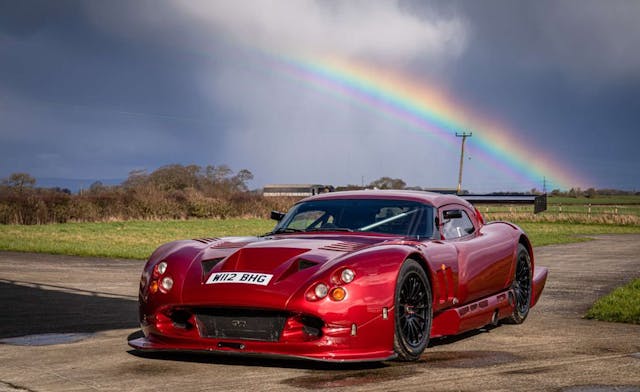
***
Check out the Hagerty Media homepage so you don’t miss a single story, or better yet, bookmark it. To get our best stories delivered right to your inbox, subscribe to our newsletters.
Via Insider
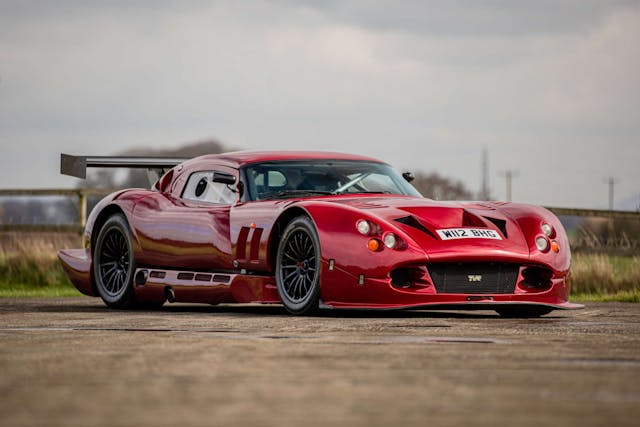


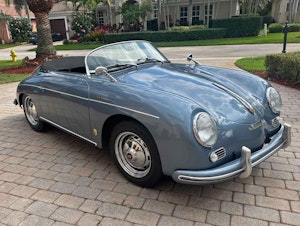

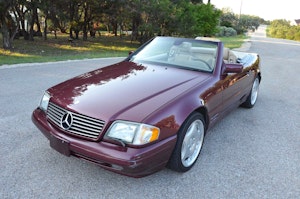



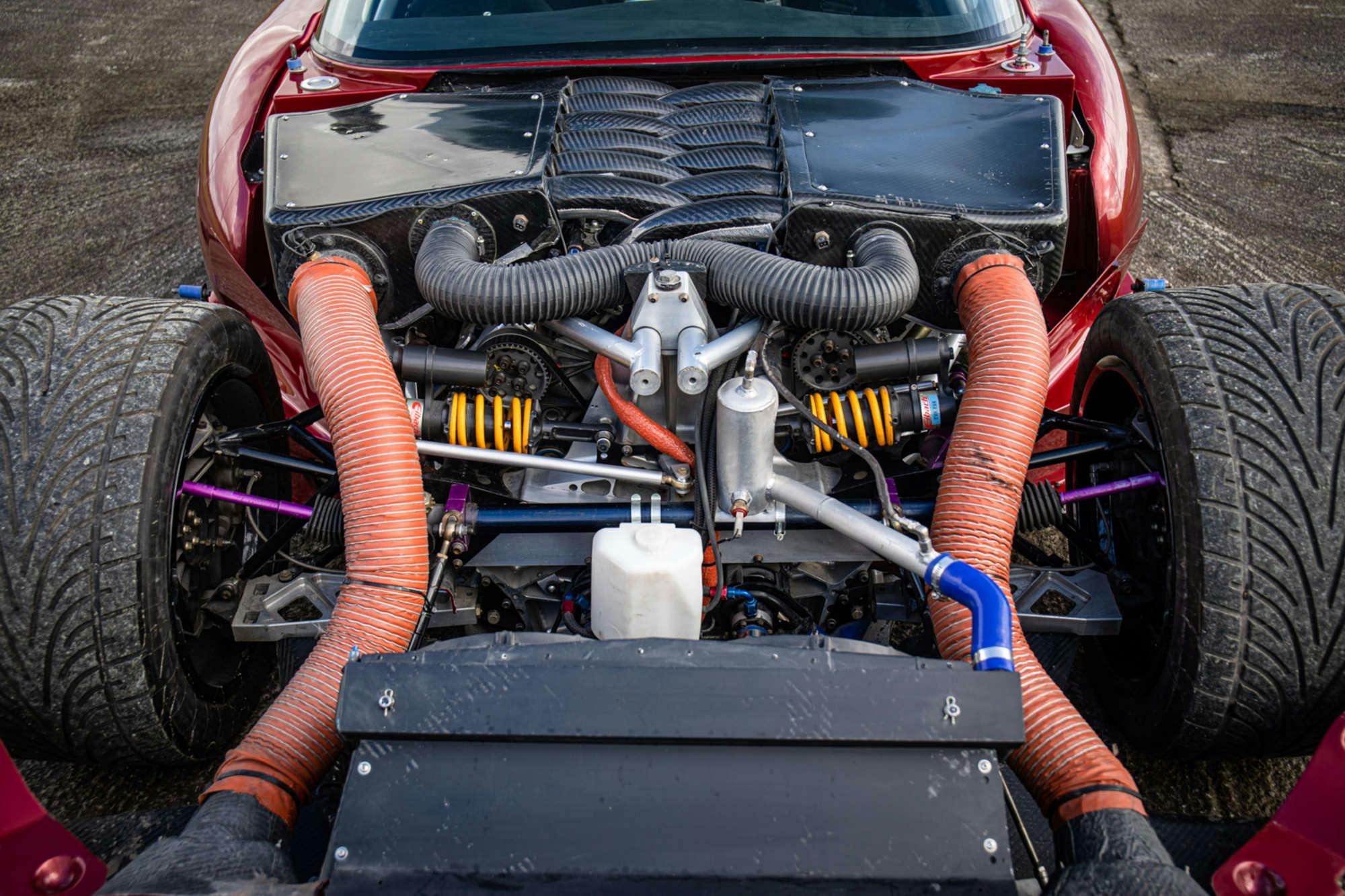
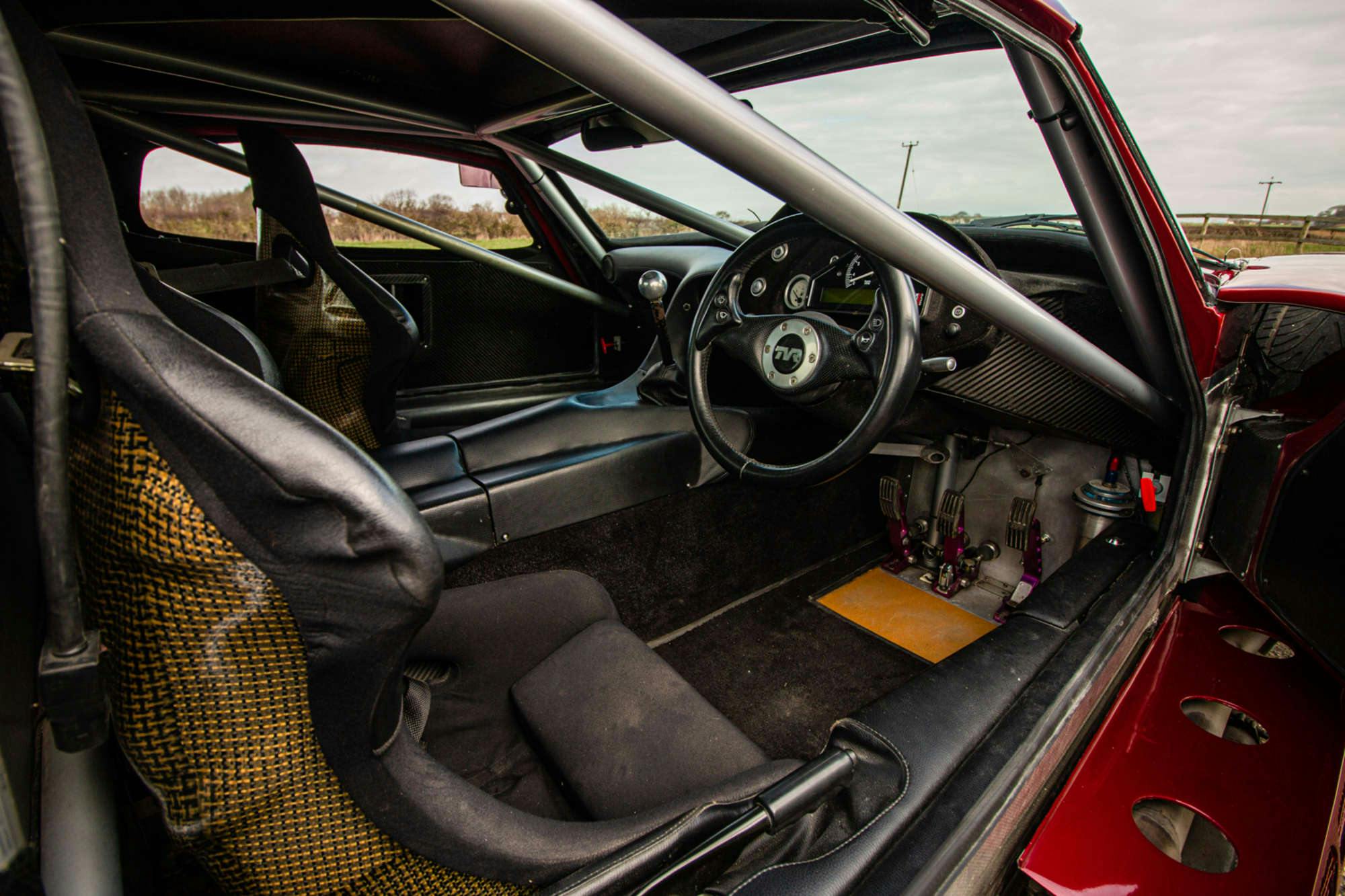
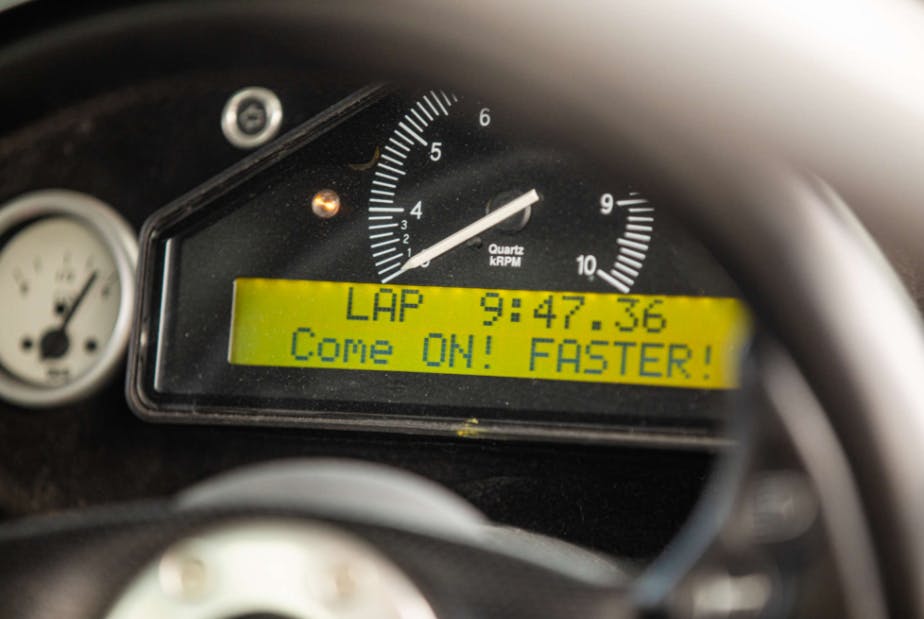








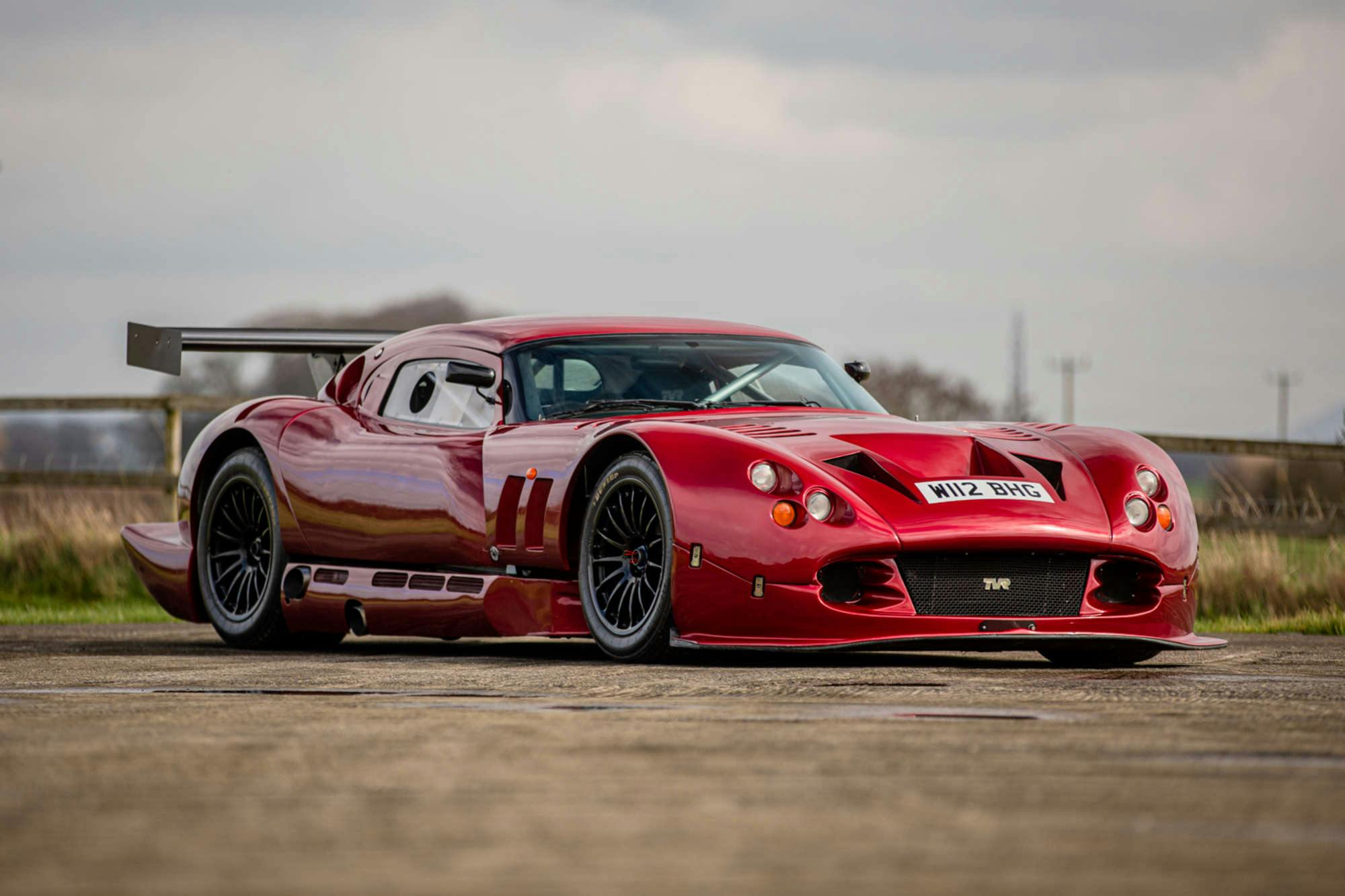
U-G-L-Y
The article repeats are ugly also.
But yeah that is no beauty queen.
I Love TVR’s! Such a long history of fun car that rotate with nothing more that a push of the throttle pedal! The Griffith (1960) was quite the rocket, lots of power , tiny tires and a short wheelbase.
I only know this car from the GT3 game. And it was a true monster to there too. And so much fun.
If it was build in the US with an LS engine in it, there wouldn’t have been no negative comments, but it is build in a country and by people who know how to build a fast and well balanced car, it rains negative comments.
Typical US mentality.
Absolutely correct. Yanks think they are the world’s leaders in the production of automobiles. Has anybody told them that Toyota is already one of the top dogs in America and the Chinese are coming at them FAST!
Okay…….I’ll give it to you……so stop buying up all of our cool old cars and shipping them to Australia and the UK……I mean…….your’s being all bitchin’ and superior and everything!
The market for US cars in the UK, Europe, Japan etc is TINY as US cars are SHITE! Awful cheap n nasty interiors, prehistoric tech (pushrod engines, leaf springs, feeble power per litre, horrendous mpg, terrible cornering, braking, handling at speed etc) cars that appear to be designed by 10 year old children, zero restraint, terrible build quality, unreliability etc. No normal European, UK etc car buyer would be prepared to accept such incredibly low quality when there are much better European, Japanese etc alternatives!